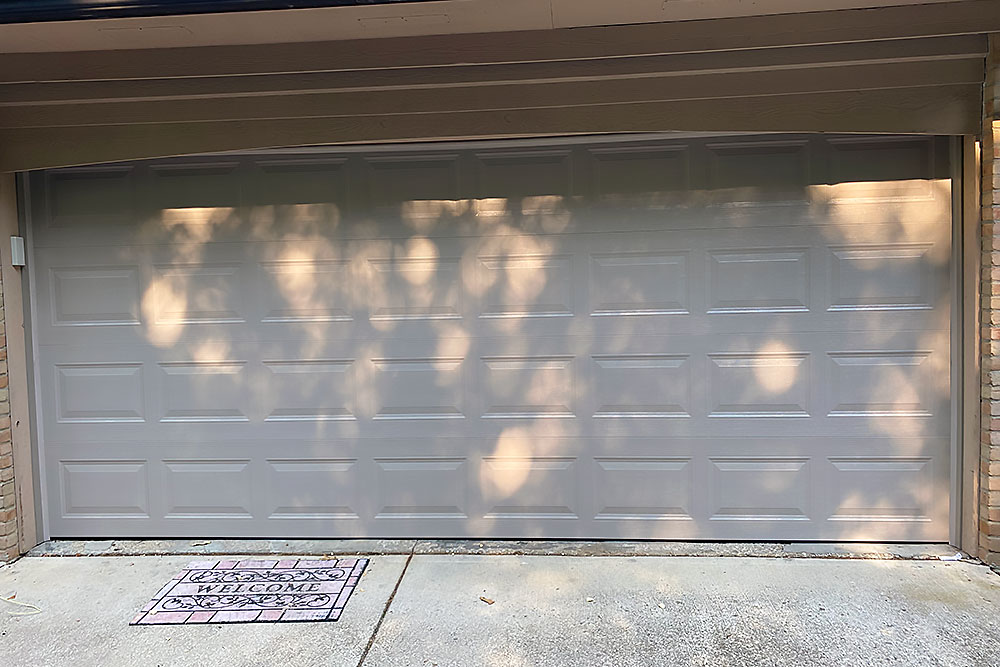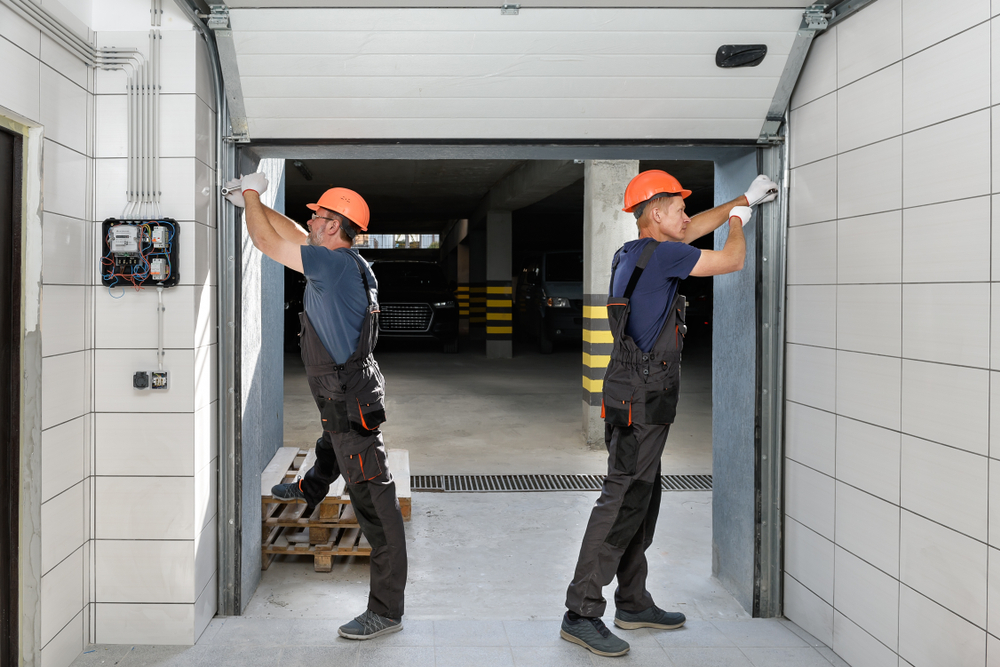Measurements to Take When Getting a New Garage Door
The garage door is made to last for years, but eventually, it’s going to need to be replaced. If you purchased your home with the door already installed, you might not know the exact measurements of the garage door opening. This is important information to have as manufacturers will provide you with a door that is suitable for your particular garage. Failure to do so can really burn a hole in your pocket. Therefore, the following list includes a step-by-step guide for obtaining the proper measurements.
Width Measurements
We wanted to add this first because this is often the area that homeowners tend to measure wrongly. When measuring the width of your garage door opening, you must make sure to measure from finish to finish and not from the exterior. You should also avoid measuring within the areas that have components, as this is not an accurate representation of your door width.
Garage Opening Height
Much like the width, you’re going to measure from the floor to the highest point of the garage opening. This will often be the finished top point of the garage. You should take into consideration unlevel floors within the threshold of the door, as this can greatly affect the numbers you get. In fact, if your floor seems too unleveled, you may need to seek the services of a garage door service Los Angeles company to ensure proper measurements are taken.
Don’t Forget the Sides
The sidewalls of the garage opening are that small area between the door and the beginning of the new wall. This area must be measured as you will need to install your tracking system and extension springs, which work to open the garage door.
Above the Opening
Next, you should take the time to measure from the top finished area of your opening to the highest point. This is done to have an accurate number when tracking systems and motors are taken into consideration. During this step, you can also take the time to measure the headroom. This is done by measuring the middle of the garage to the nearest obstacle, such as pipes.











